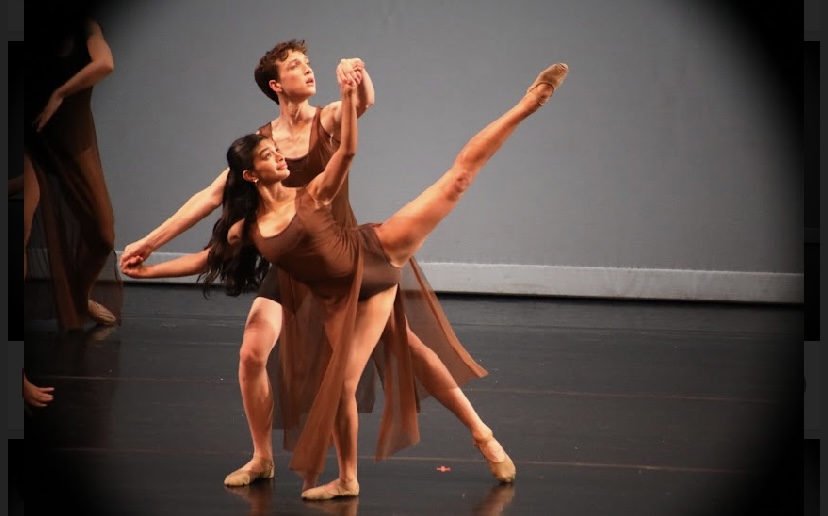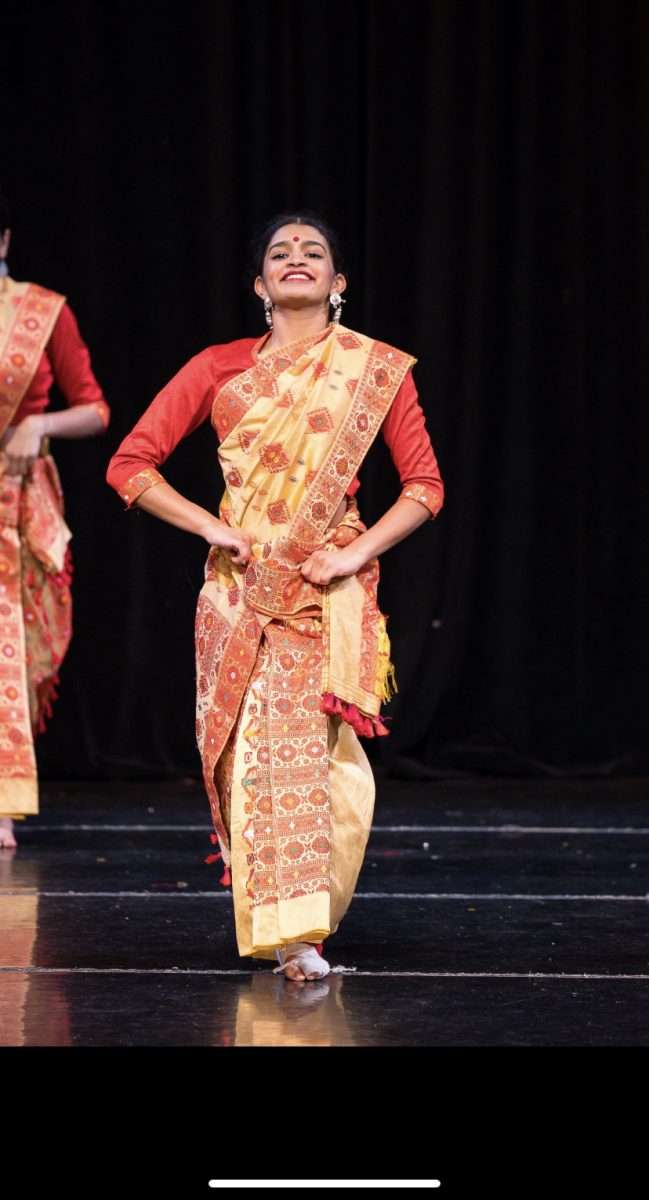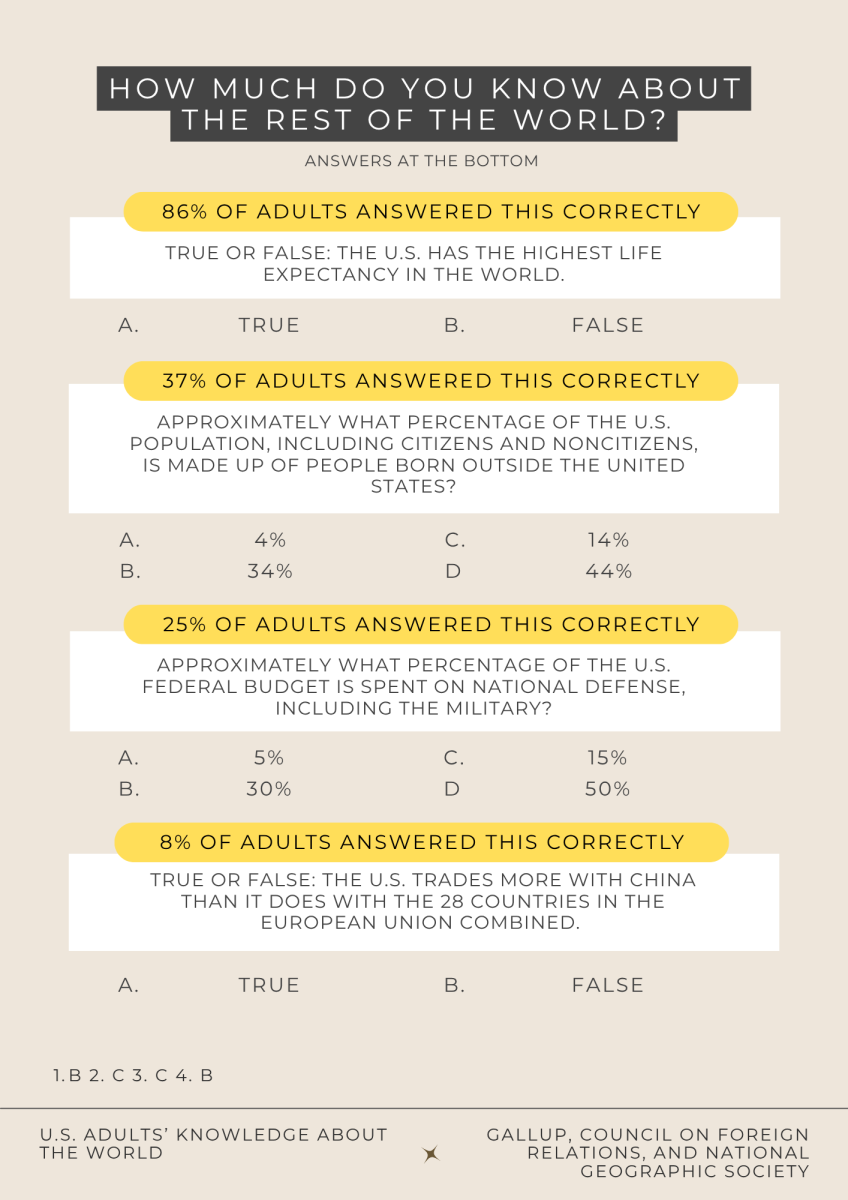“So you don’t play a sport.”
Throughout my life, I have always been met with this remark after sharing that I am a dancer. The constant need to clarify that dance is not just a one-hour-a-week pastime but actually a dedicated commitment of over 20 hours a week has now become a recurring theme in my life. In a world dominated by the triumphant roars of sports victories, I have always been caught in a battle of words as I try to explain my evenings spent mastering both intricate mudras and triple pirouettes.
For me, dance is not just a hobby, but a guide for the way I live; it is the countless hours I spend at the studio, perfecting every movement and the adrenaline rush that I achieve as I leap across the dance floor or nail a complex combination. However, despite the dedication and years of training that many dancers have poured into it, dance often struggles to earn the recognition it deserves in a world dominated by sports.
According to the ProFootball Network, some of the largest NFL stadiums have a seating capacity of at least 60,000 spectators, while the Kennedy Center, as one of the largest performance auditoriums, only holds 2,465 seats in its largest performance hall.
This reality hits home whenever I step onto the stage to perform. As I stand under the spotlight, a sea of empty seats always stares back at me. While sports events fill stadiums with cheering fans, dance performances and arts performances in general often struggle to draw a crowd. Despite some production companies including the Radio City Rockettes performing for consecutive months during the holiday season, most dance companies are often downgraded to smaller venues in comparison to the grandeur of sports arenas.
Yet, despite the size of the audience, my commitment to dance remains unwavering. What many do not realize is the depth of dedication required for even a single dance class. It not only demands physical endurance, but also years of technical training and honing of skills. However, the true essence of dance lies in the ability to wholeheartedly perform with musicality, rhythm and emotion. Without these elements, a dance remains incomplete, lacking the intensity that transforms mere movement into a captivating art form.
Despite dedicating countless hours to dance and cross-training in Indian classical and Broadway styles, the recognition and appreciation that dance receives falls short of what I believe it deserves. Dancers continuously pour so much time and effort into honing skills just like many athletes do, but the hard work that we put in often goes unnoticed by many.
Sure, I may not be able to achieve the glory of wearing some high-tech gear or scoring the winning goal, but the pure joy I get from finally perfecting a routine or the depth of emotion I pour into choreography is immeasurable. According to the International Dance Organization, dance is a powerful art form, evoking emotions that can capture audiences and transcend the fundamentals of traditional athletics.
My dance teachers have always said “leave your troubles at the studio door; they will be waiting for you when you end class.” These words have encapsulated my dance journey. Stepping into the dance studio is not just a physical activity, but my mental and emotional release. The intricate movements and expressive gestures allow me to channel my emotions, leaving me feeling liberated when I leave the studio.
While the scale of our venues may be smaller, the impact of our performances is no less profound. Dance encompasses creativity, expression and discipline, offering a unique and multifaceted form of physical activity and artistry that many sports and activities do not encompass.










